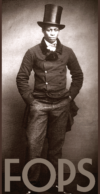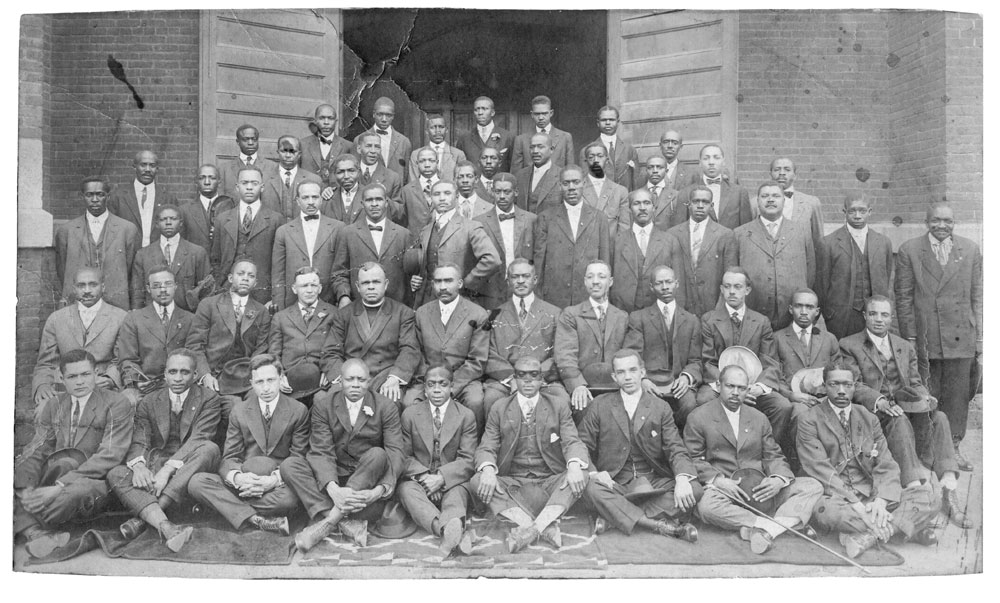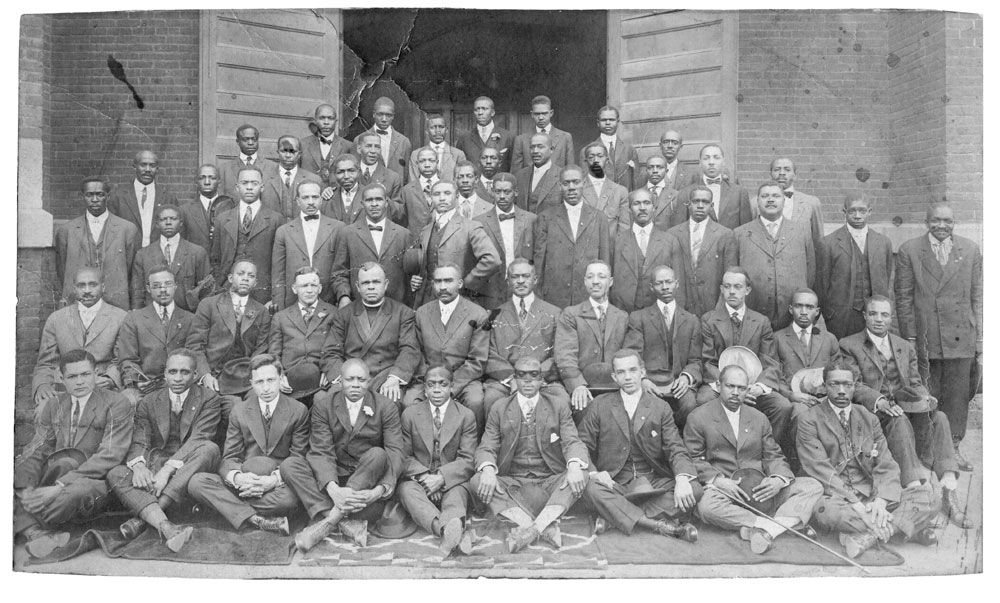
Burning of Greenwood, Oklahoma – The Black Wall Street
by Samuel Black
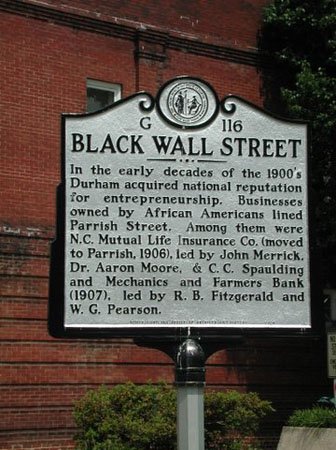
After the civil war many African-Americans settled in Oklahoma because of employment opportunities from the oil fields. Around 1908 the community of Greenwood in Tulsa, Oklahoma was established. The Daily Tulsa Star was an African-American owned newspaper. Businesses owned by African-Americans flourished. Their communities were the best. Their schools were excellent. Greenwood was coined the Black Wall Street. However, because of jealousy, deceit, and discrimination, Greenwood was burned to the ground by white racists on June 1,1921.
Based on the growth of African-Americans in Greenwood, Jim Crow laws legalizing segregation were passed in 1908. However, following World War I, the United States Supreme Court declared the Jim Crow segregation laws unconstitutional in 1915. African-Americans progressed thereafter without restriction. Growth ensued. Consequently, the African-American community became subjected to harassment and other discriminatory actions from white mobs.
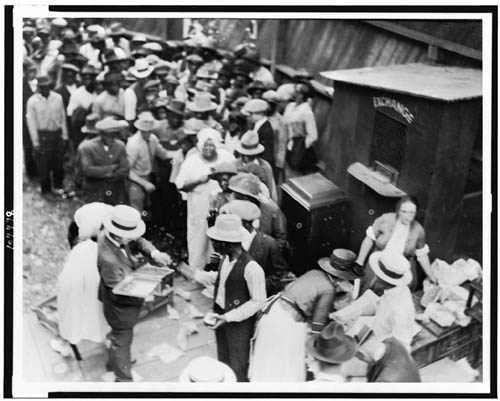
The gradual escalation of violence toward the African-American community of Greenwood did not cease. It only escalated. Two black prisoners were lynched by white mobs in 1919. On May 21, 1921, an African-American named Dick Rowland was arrested for allegedly assaulting Sarah Page, a white female elevator operator. However, Dick Rowland was never charged with a crime. Subsequently, inflammatory reporting generated by the white newspaper caused concern that Rowland may receive vigilante justice. This led to a series of confrontations between white mobs and the African-American community of Greenwood. As a result, on May 31, 1921 the outnumbered African-Americans were shot at by the angry white mobs. Several African-Americans died instantly including members of the white mob.
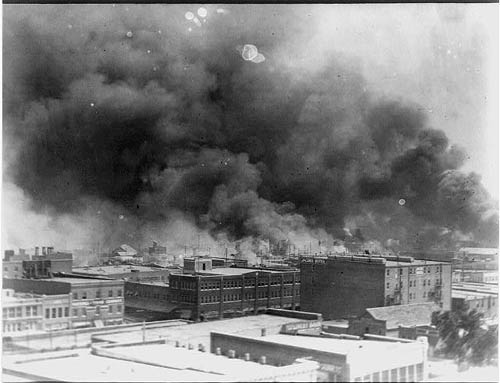
Following the shooting of several African-Americans on June 1, 1921, the white mob systematically burned a thirty-five square block area of Greenwood. Schools, churches, businesses, and homes were burned. The estimated property loss reached above $2.3 million. The estimated death tolls of African-Americans were in the hundreds. White vigilantes arrested thousands of African-Americans and held them for no apparent reasons. Approximately 4,300 African-Americans were left homeless, and Greenwood was left in smoke and ashes.
Several events followed the riots. Governor Robertson declared martial law, and the National Guardsmen established law and order. Mayor Evans converted the primary schools and a church into emergency hospitals. The Red Cross used the high school as its headquarters to support the residents of Greenwood. Sarah Page, the alleged white female who was allegedly assaulted by Dick Rowland left Tulsa, Oklahoma. The police chief was indicted and charged.
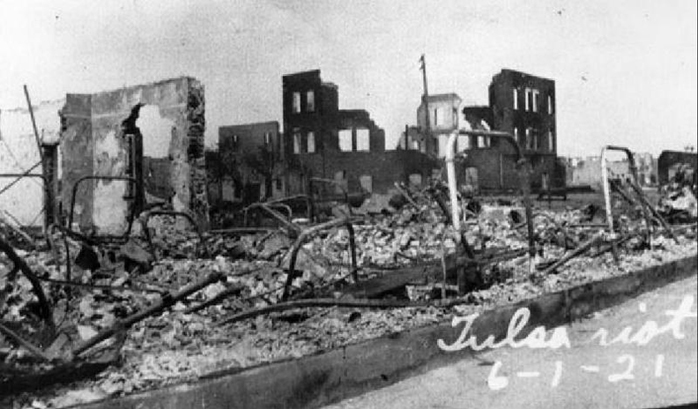
After the riots which destroyed Greenwood, businesses were rebuilt, churches and schools reestablished and homes reconstructed; however, Greenwood never regained its prominence as a Black Wall Street after it was destroyed by vigilante racist white mobs. Even today entire blocks of Greenwood are still vacant and awaiting revitalization of the area.
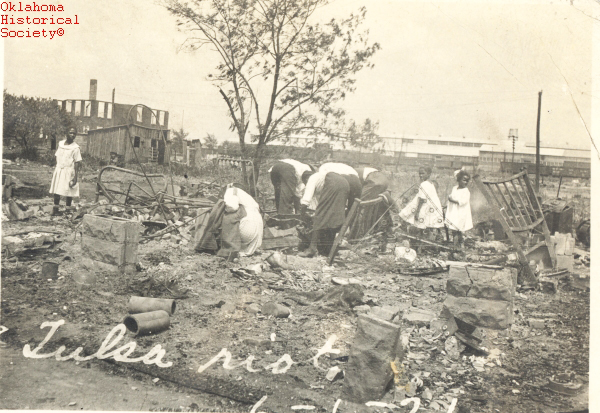
In 2003 a lawsuit for reparations was filed in the United States District Court for the Northern District of Oklahoma. The lawsuit seeks damages, restitution and reparations for the African-Americans of Greenwood and their descendants based on the following violations of the United States Constitution: 1) deprivation of life and liberty pursuant to the Privileges and Immunities Clause of the 14th Amendment; 2) deprivation of property, privileges and immunities of United States Citizenship pursuant to the 14th Amendment; 3) violation of the Equal Protection Clause and the Privileges and Immunities Clause of the 14th Amendment; negligence, and various civil rights violations pursuant to U. S. C. Sections 1981, 1983, and 1985.
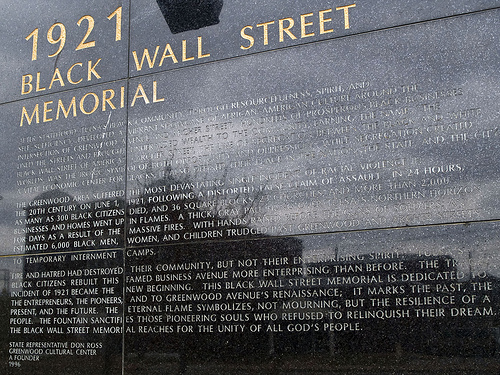
What occurred in Greenwood, Oklahoma was a deliberate act of ultimate racial bigotry against the American-American population. Attorneys from across the nation have been assisting with this project to recover damages for the victims.
